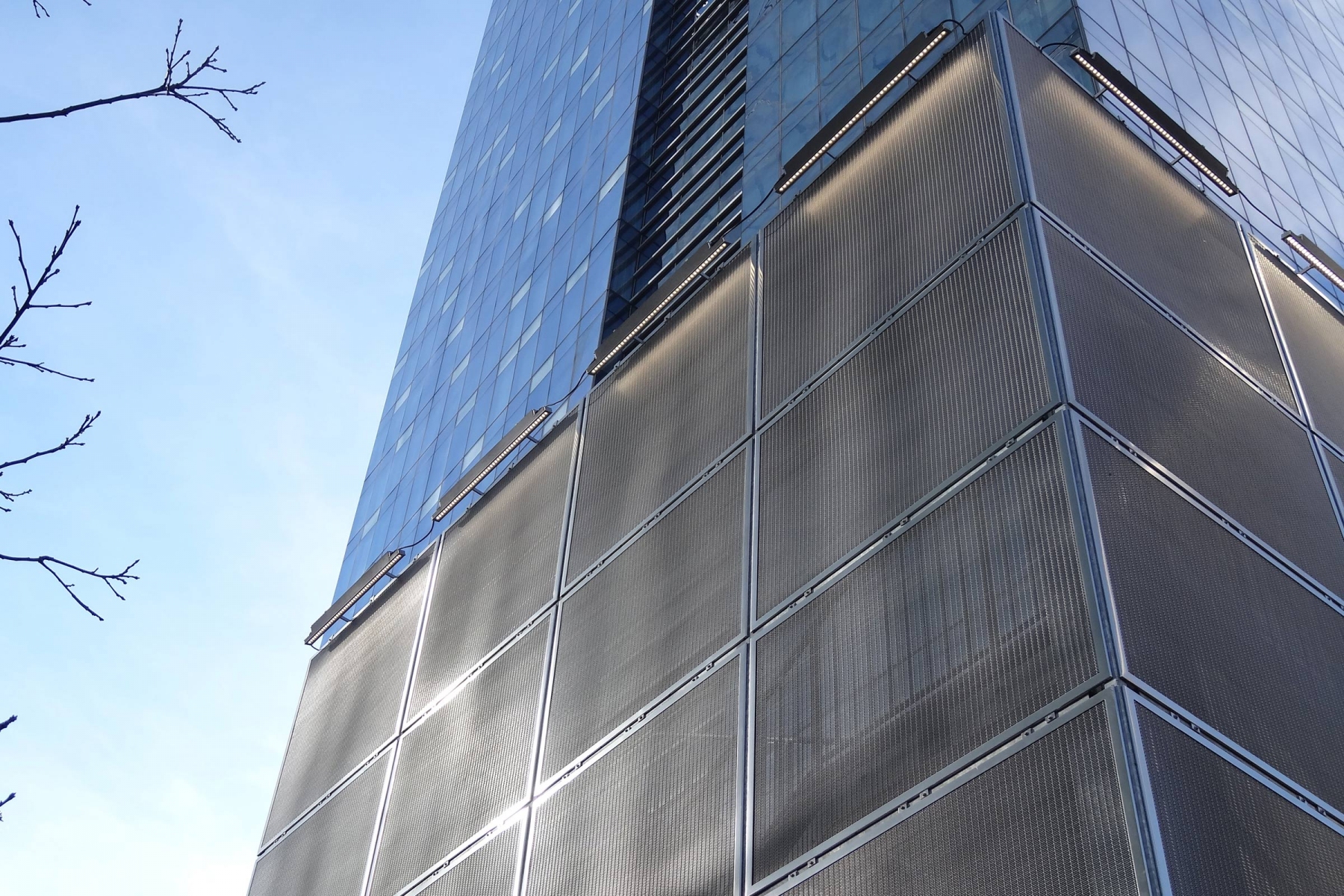Dulles Corridor Metrorail Walkways
 Related Products
Related Products

The new Dulles Corridor Metrorail Silver Line has significantly reduced the commute time between Washington, D.C. and Northern Virginia. In the first phase of the project, a direct route runs from Washington, D.C. to Tysons Corner, but will be eventually expanded to run all the way to Dulles International Airport. In addition to the new line, pedestrian bridges featuring more than 60,000-square-feet of Banker Wire woven wire mesh were also created and interspersed throughout the Dulles Corridor Metrorail Silver Line. The pedestrian bridges, with Banker Wire woven wire mesh, connect metro stations to parking lots – helping commuters cross busy roads more safely.
For this project, efficiency was of the utmost importance, as the bridges were to be installed without inconveniencing the surrounding community. Banker Wire was tasked with producing wire mesh to fill openings in the bridge’s railings in a complex series of shapes and dimensions. The unique configuration of the pieces could have caused an abundance of wasted material. Banker Wire, however, developed an innovative manufacturing process to prevent waste and keep costs down for its customer. Because Banker Wire carefully controls every detail of its shop, it can customize manufacturing processes to suit the specifics of each particular job.
Banker Wire provided more than 60,000 square feet of FPZ-16 and FPZ-44 woven wire mesh for the project. Combining two different mesh pattern spacings, these weaves provide the transparency and uninterrupted sight lines characteristic of glass, but with increased durability and lower maintenance. Banker Wire architectural wire mesh was used to fill the triangular openings in the pedestrian bridges. The combination of strength and beauty provided by woven wire mesh makes it perfect for large-scale architectural applications where fall protection is essential, like the Dulles Metrorail.
This large-scale project is not yet completed. Phase 1 of the new line was completed in 2014, but construction of Phase 2 began that same year and will take five years.








